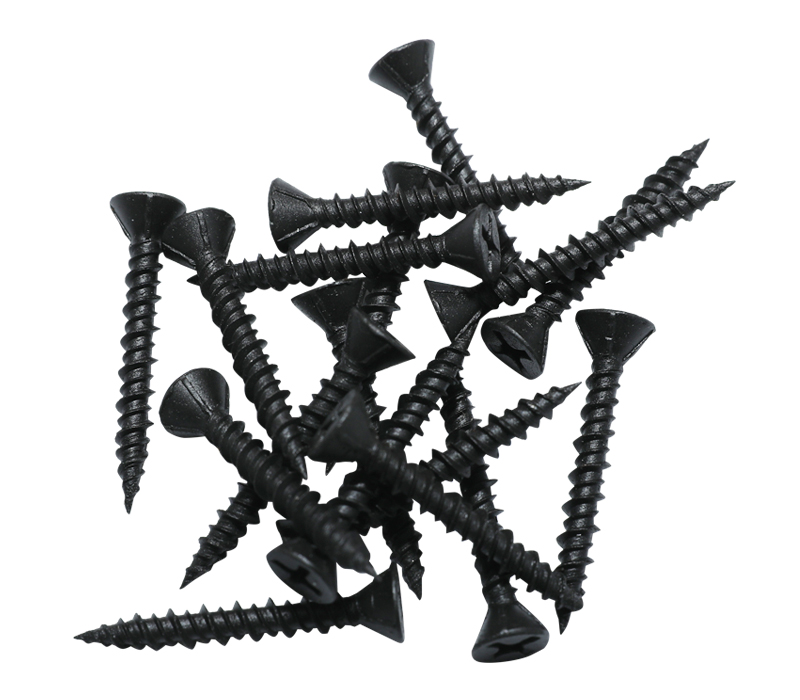Terminology of self-tapping screw connection strength ( […]

Terminology of self-tapping screw connection strength
(1) Screw-in torque
The screwing torque is the torque required to screw the screw into the threaded bottom hole of the pillar to form a matching thread within the required screwing length. It consists of two parts, namely friction (this is the main) and thread forming force (the material is replaced ). The screw-in torque is a variable value. As the number of screw-in turns increases, the friction area between the screw and the internal thread also increases, so the screw-in torque increases. The torque when the screw is just screwed into place is called the maximum screw-in torque.
(2) Destruction moment
The breaking moment is the moment that causes the connection to fail. Usually, the failure of brittle plastic connection is the pillar cracking, and the failure of plastic plastic connection is the sliding thread of the pillar. In addition to these two main failure phenomena, other failure phenomena such as screw twisting may also occur.
(3) Destruction and screw-in torque ratio
The ratio of breaking and screwing torque is the ratio of the two torques. For self-tapping screw connections, the smaller the screw-in torque, the better, and the larger the breaking torque, the better. The greater the ratio of the two, the more reliable the connection, and it is not easy to cause slippage or cracking. In order to ensure the reliability of the connection, the best value of the torque ratio between failure and screw-in is about 5:1. When using power tools for assembly, ensure that the ratio of the two is above 3:1. Manual assembly is used. The ratio of the two should be 2 : 1 or more.
Generally, the damage and screw-in torque ratio of commonly used white tapping screws is 2.5 to 3.5, and the thread width of new self-tapping screws is small. The thread angle is small and the screw-in resistance is small, and the ratio of the breaking and screw-in torque can be increased to 3:1 to 5:1. When the normal screw-in method is used, the design value cannot be reached, and the screws need to be replaced or the design parameters adjusted on the basis of ensuring the connection strength.
(4) Pull-off force
Pull-out force (it is the pulling force required to pull out the pillar when the screw is subjected to axial force. The greater the pull-out force, the higher the connection strength.